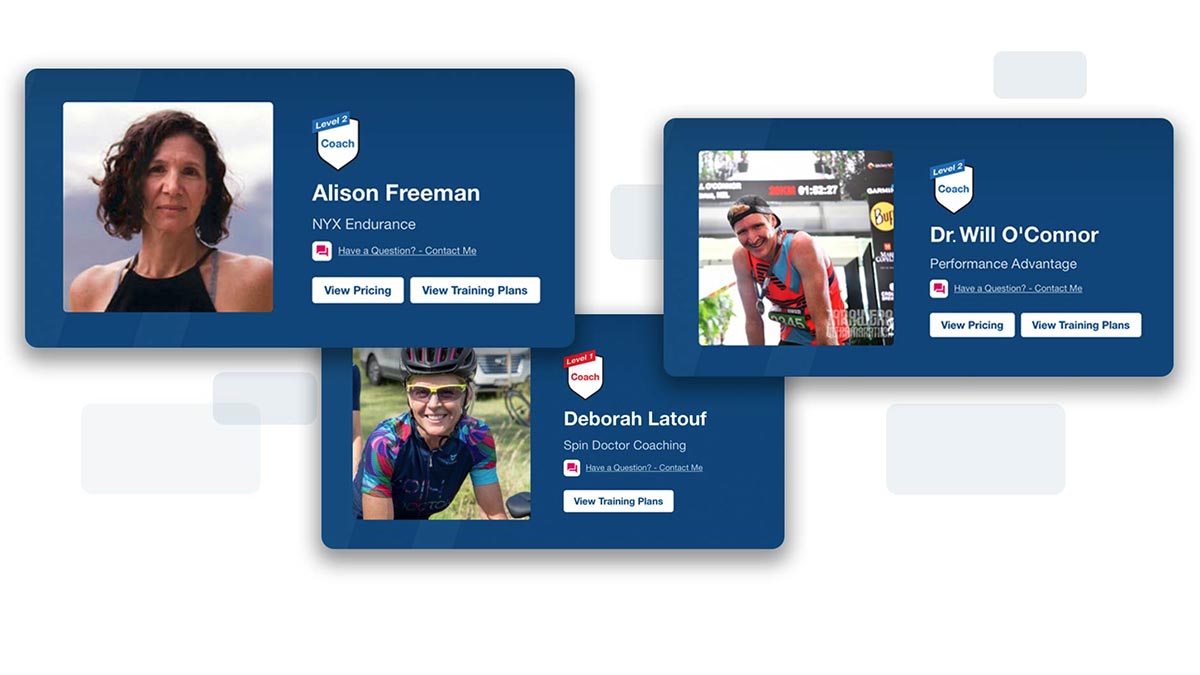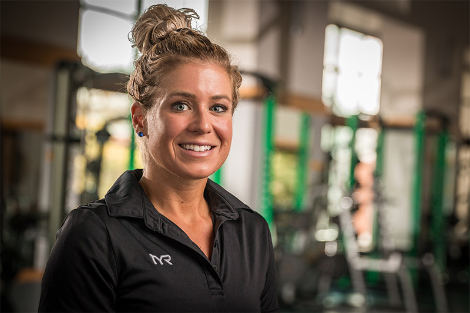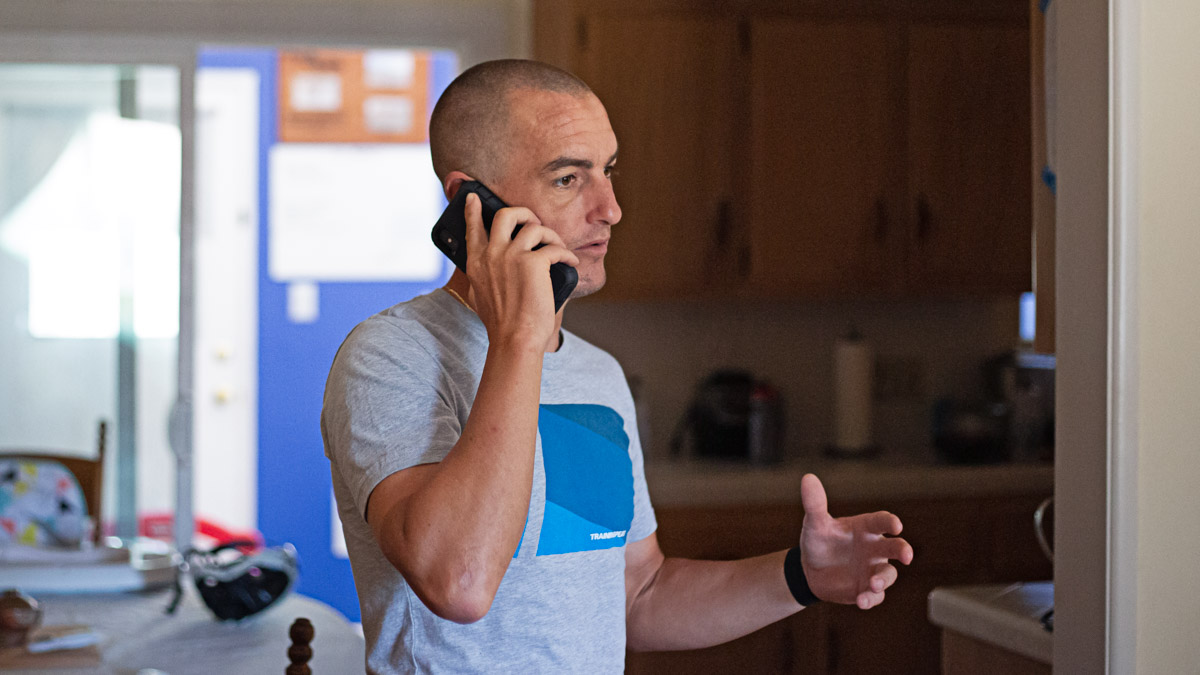While an athlete navigates pregnancy and an entry to motherhood, a coach can play an important role in promoting confidence and identity while being conscious of changes in the athlete’s life. Each trimester and the preceding year post-birth give additional challenges to training. To better understand the changes in an athlete’s body during this time, a coach can curate their plans to meet the individual’s specific needs.
The general rule of thumb for women working out while pregnant is not to try anything new and stop any activity that causes pain or discomfort. It is also imperative that a pregnant athlete take hydration and nutrition extremely seriously. The body will prioritize the baby and withhold nutrients from the mother if there is a shortage in the body. It is also necessary that the athlete check-in with a physician about staying active while pregnant.
First Trimester Symptoms
The first trimester is usually the greatest shock to the body. First, the volume of blood in the body increases (on average, 45%,) causing the heart rate to also increase for a woman. Next, the already existing progesterone and estrogen hormones increase, while chorionic gonadotropin, a hormone specific to pregnancy, is created in the body. These increasing and developing hormones can lead to changes in moods, lethargy, insomnia and nausea. Around 70% of women report feelings of Morning Sickness during their first trimester of pregnancy due to the increased hormones in the body. This trimester also brings the beginning of physical changes in the body. While some women do not gain any weight during the first trimester, there may be changes in the breasts and belly as the body begins to prepare.
Coaching Through the First Trimester
Counterintuitively, the first trimester might be the most difficult for an athlete to stay active. While they may not appear pregnant during this time, the increased hormones and raised heart rate make training more difficult. Set realistic goals for athletes during this time that will help motivate them to get out the door without pushing their bodies too far or discouraging them. There is evidence that low-impact movement at least 30 minutes a day while pregnant can decrease the symptoms of morning sickness, so making a plan to do something rather than nothing is beneficial. For example, if the athlete is not feeling up for the planned run, exercises they can do like (walking, yoga, swimming, etc.)
Second Trimester Symptoms
Many women state they find relief in the second trimester. After the first 12 weeks, the hormones begin to stabilize, and most women stop experiencing the low energy and sickness that comes with the first trimester. The hormone, Relaxin, is increased in the body, which loosens the joints, ligaments, and muscles to help the body prepare for birth. While Relaxin is extremely important for a safe birth, it can be a real pain for athletes, causing weakness, joint injury, and poor balance.
Coaching Through the Second Trimester
For at least the first half of the second trimester, women are in an ideal place for training. Likely, they feel stronger than in the first trimester and are not experiencing the discomfort of growth just yet. This could be the best time to sneak in some fun races or other events. As a coach, you can benefit the athlete by helping them set some short “pregnancy PR” goals or encouraging them to find some fun events to participate in to keep their enthusiasm high. Be mindful that the increase of Relaxin can cause strains or sprains in muscles and joints and encourage the athlete to keep an established low-impact strength training regime.
Third Trimester Symptoms
For most women, this is the trimester where the most weight is gained, which can make working out feel difficult. The belly and breasts continue to increase in size while the baby grows and forms bones. As the baby drops into the pelvis, pressure can be added to the area, causing pain in the lower back, hips, and pubic areas. It is also common for women to experience swelling in their hands and feet and decreased circulation. During this phase, the body is working hard in preparing the baby and body, so muscle strength will decrease, despite best efforts to maintain form. If over-exerted, a woman might experience a Braxton Hicks contraction, which simulates the contractions a woman will feel as she enters labor.
Coaching Through the Third Trimester
At this point, the athlete might need to decrease intensity to ensure the health of the mother and baby, though that does not mean training needs to stop. Deep squats, lunges, and core-engaging exercises are all helpful in supporting a healthy birth, and daily cardio workouts can help maintain a healthy heart rate. If running or cycling are no longer possible, an athlete might find enjoyment in swimming or aqua jogging, keeping their heart rate in Zone 2. As a coach, it is important to stress the importance of self-care and recovery to the athlete. It might also be helpful for pregnant athletes to set some realistic goals for their first year postpartum to keep motivation and enthusiasm high.
Fourth Trimester Symptoms
The fourth trimester is the three months after the baby is born. At the beginning of humankind, women were pregnant for a full year, but pregnancy shortened to around forty weeks as we evolved to have larger heads to house our large brains. This means that the baby is still largely developing and adapting to the world during the first 12 weeks of life. This is a huge time, not just for the new life, but for the mother whose body still provides protection and sustenance to the baby. Giving birth, while incredible, is an extremely traumatic experience for the body and most doctors do not recommend working out for at least six weeks. Most new mothers will experience bleeding, fatigue, and general body discomfort during this time. Commonly, there is some damage to the abdominal muscles after pregnancy and disruption to the pelvic floor. For this reason, it is important to seek physical therapy or chiropractic help if necessary.
Coaching Through the Fourth Trimester
For the first six weeks postpartum, the women should fully focus on health and happiness, avoiding anything strenuous. Likely, sleep is minimal, and stress is high and an athlete might find some benefit in remembering their identity outside of motherhood. Encouraging gentle and low-impact movement a few times a week can help boost dopamine and endorphins to promote happiness. It is also important to remind athletes that breastfeeding can burn an additional 500 calories a day. For that reason, consuming calories needs to become a part-time job as they return to training.
Pregnancy and postpartum will be a different journey for every athlete, and some may choose to take a break from training, while others will want to continue with some structure. As a coach, it is important to remind the athlete to check in with their doctor if any concerns arise. While it might feel like a challenge to create plans and goals for an athlete whose body is changing daily, as a coach, you have the ability to help the expecting mother hang on to her identity and make goals to encourage self-care in the months to come.








